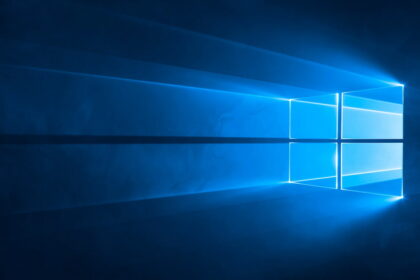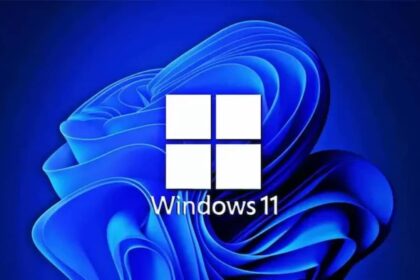Microsoft Edge is introducing a new feature aimed at optimizing RAM usage, currently in testing within the Canary version of the browser. This feature will allow users to manually adjust the maximum RAM consumption of Edge, offering several preset limits ranging from mild to aggressive.
For example, on a computer with 16 GB of RAM, users could set Edge to use as little as 2 GB of RAM. This adjustment could be particularly beneficial for users who run resource-intensive applications or games, as it allows Edge to reduce its memory footprint and free up resources for other tasks.
Users will have the option to activate this feature at any time or only while gaming. This flexibility means that the browser can optimize its performance without the need to close or minimize it during demanding tasks.
While there’s no confirmed release date for this feature yet, it promises to enhance Edge’s efficiency and provide more control over system resources, which could be advantageous for various scenarios, including gaming and heavy editing.
- How to Activate Chrome’s Power Saving Mode
- Tips to Increase Chrome Download Speed
- How To Hide the Edge Sidebar
Advantage over Chrome
If Microsoft Edge’s new RAM management feature makes it into the final version, it could indeed give Edge a notable edge over Google Chrome, especially for users concerned about memory consumption.
Chrome’s reputation for high RAM usage is well-known, and while it does offer a memory-saving mode that limits the performance of background tabs, it lacks the granular control that Edge’s new feature would provide. By allowing users to manually adjust the maximum RAM usage, Edge could become a more appealing option for those who need to manage their system resources more effectively.
This capability would be particularly beneficial for users running multiple applications simultaneously or those with limited system resources. As a Chromium-based browser, Edge inherits many of Chrome’s features but with the added advantage of this potential RAM management tool, making it a lighter alternative for users who find Chrome’s resource consumption to be a drawback.










